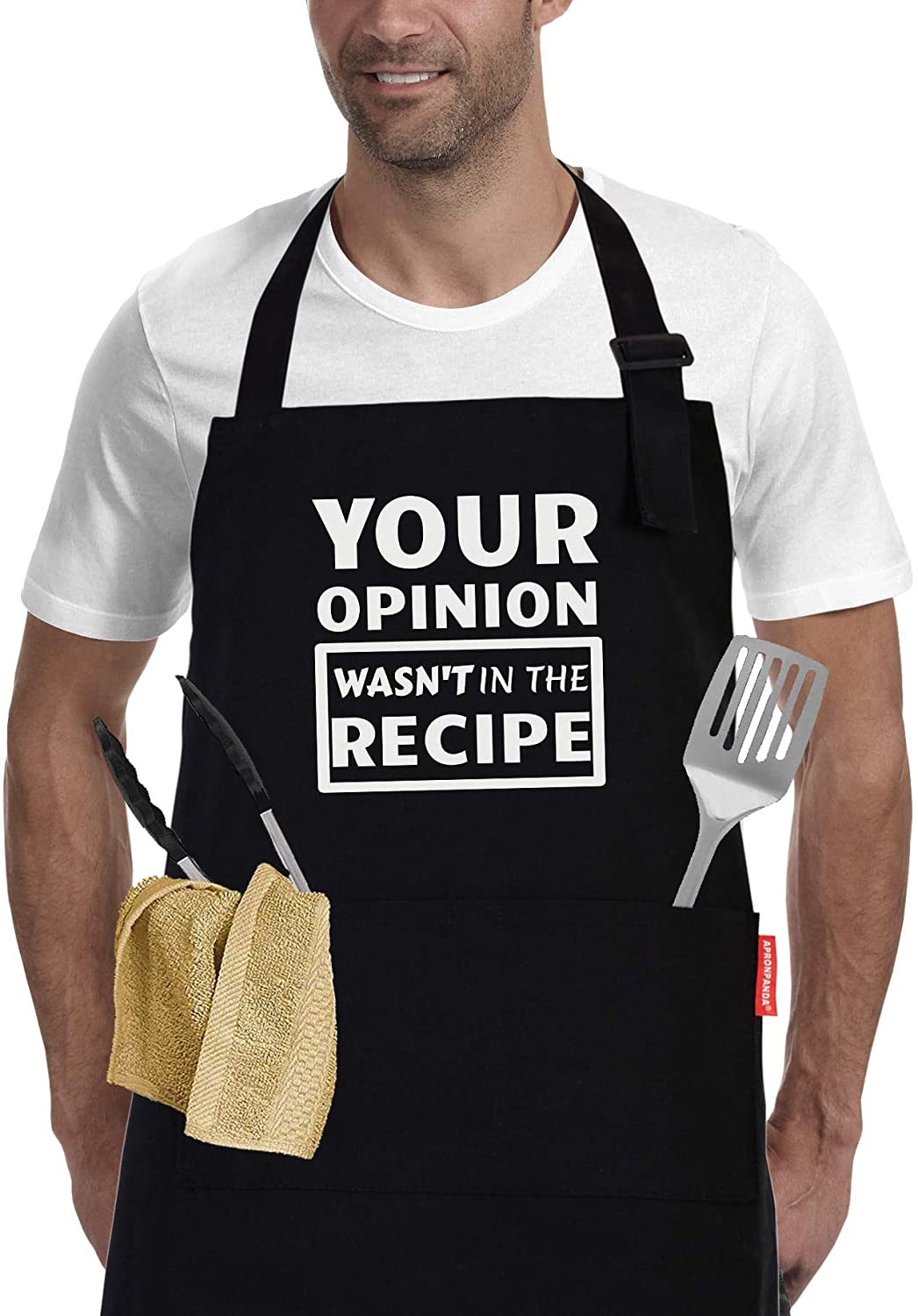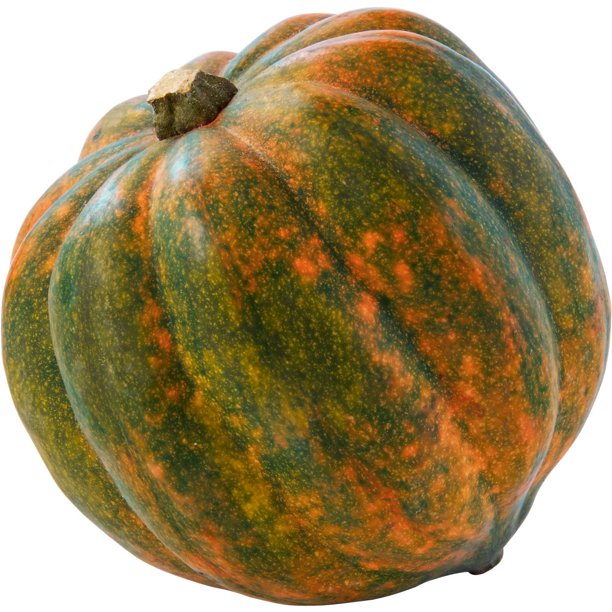
Healthy cooking is not a new trend. Learn how to make your own stocks and broths so you can control the sodium and fat that goes into your food. Use local ingredients whenever you can. Take a temperature reading of the food to make sure it is done correctly. It will be a wise decision. These are just a few other ideas to help you get started. It is easy to cook healthier meals at your home.
Healthy cooking isn’t a fad
Healthy cooking is a great way to improve your quality of life and your health. Healthful cooking isn’t just a passing fad. PepsiCo to Campbell Soup, for example, isn't following a fad. They actively make healthier food choices and expand their retail distribution.
Making your own stock or broths allows you to control the sodium and fat in your meals.
Making your own broths and stocks can be both healthy and delicious. The finished product can have a rich, earthy flavor thanks to bones. Bones can also be roasted to caramelize meat. The final stock is enhanced with gelatin and collab from the use of cartilage and bones from veal. Stock can be substituted in many recipes for vegetable stock if you're a vegetarian. Bone broth is versatile, and can be frozen for later consumption.
Vegetable stock is one of the most versatile cooking liquids. Vegetable stock can be made from vegetables, potatoes, or onions. It's great for thick stews or gravies, sauces and Swedish meatballs. Turkey stock, however, is made from vegetables and spices. This stock is also great for using up leftover pot pie. You don't have to be a fan of chicken stock or beef. There are many options when it comes to turkey and chicken stock.

Taking the internal temperature of the food is the most effective way to know when it's done
A food thermometer is one of the best tools to use when cooking meat or poultry. While the outside may look cooked, it isn't always. It is possible that your meat may not be fully cooked, as the juices of the meat or poultry might appear clear. While this may be tempting to do, it's also not a very accurate indicator of doneness.
To kill harmful bacteria and fungi, it is important to cook food at the correct temperature. Food poisoning can result if it's not properly cooked. It is best to cook food to the point that steam can escape. This can be checked by inserting a thin knife in the middle of the meat/poultry.
Using local ingredients
Locally sourced ingredients are a great way to increase your restaurant's customer base. While there's a risk of overcharging customers for local ingredients, using seasonal ingredients is a surefire way to keep costs down. The USDA's Mixing Bowl can be used to locate recipes based upon what is locally available. You can make seasonal menus using seasonal ingredients, without the need to buy seasonal items.
One of the main advantages of using locally sourced ingredients is the quality and freshness of the food. Local farmers can guarantee fresher, more flavorful produce than their farmed counterparts. You can also help support your local economy by working directly with local farmers, rather than relying on larger corporations. Locally-sourced produce and meats can help you reduce your carbon footprint as well as support local businesses.

FAQ
How do I learn about cooking and baking?
There are numerous cooking classes offered across the country. Many schools offer courses in baking, pastry, and wine tasting. A local community college, vocational school, or private institution can offer classes in cooking.
How long does it take to become chef? What is the average career path?
It takes five years to become a chef. This time you'll learn the basics of cooking and work as a cook assistant. After you've completed your training you can apply to be a line cook or sous chef. The average salary for a chef ranges from $25,000 to $60,000 per year.
Are there any requirements to become a chef?
No. Many chefs learned their craft on their own. Some even went to culinary schools to gain practical experience. Most chefs prefer to go to culinary school to expand their professional opportunities. Culinary schools allow students to learn hands-on skills, and this helps them improve their cooking knowledge.
What are the basic skills of cooking?
Basic cooking skills include the ability to read recipes and measure ingredients. This is the first step to learning how to cook. Cooking is also a great way to save money since you don't have to eat out all the time.
Who is the best path to a career in chef work? How can I start my career as a chef?
Apprenticeships are a great way to get started if you want to become a chef. Apprenticeships allow you to work for several years without paying any tuition fees. After you complete your apprenticeship, it is possible to apply for a job as a sous-chef. Sous chefs supervise cooks and assist them with tasks like making salads and desserts. They oversee all aspects of the restaurant's operation.
What Are the Requirements To Be a Chef?
To be a chef you need a bachelor's level in culinary arts. You will also need to pass several tests administered by ACF. After completing these requirements, you will be awarded a certificate that confirms your qualifications.
Statistics
- The median pay for a chef or head cook is $53,380 per year or $25.66/hour, according to the U.S. Bureau of Labor Statistics (BLS). (learnhowtobecome.org)
- You'll be amazed that over 90% of CIA students receive scholarships and grants to finish their culinary studies. (ischoolconnect.com)
- In the United States, the category is estimated at $23.2 billion annually and is growing faster than the market. (washingtonpost.com)
External Links
How To
How to cook steak
The thickness and cooking method of any kind of meat will affect the way it is cooked. Thicker steaks can be cooked on a low heat. Thicker steaks need to be cooked at higher temperatures.
It's important to not overcook the steaks as they will lose their taste. And remember always to remove the steak from the pan when it's done - this way, you won't burn yourself.
Cooking times vary depending on the size and degree of doneness desired. Here are some general guidelines:
Medium Rare: Cook till medium rare. This is when the internal temperature of the food reaches 145°F (63°C). This takes between 3 and 5 minutes per side.
Medium: Cook until medium. This means that the internal temp has reached 160 degrees F (71 degrees Celsius). This usually takes only 6 minutes per side.
You are done when the internal temperatures reach 180°F (82°C). This takes between 8 and 12 minutes per side.